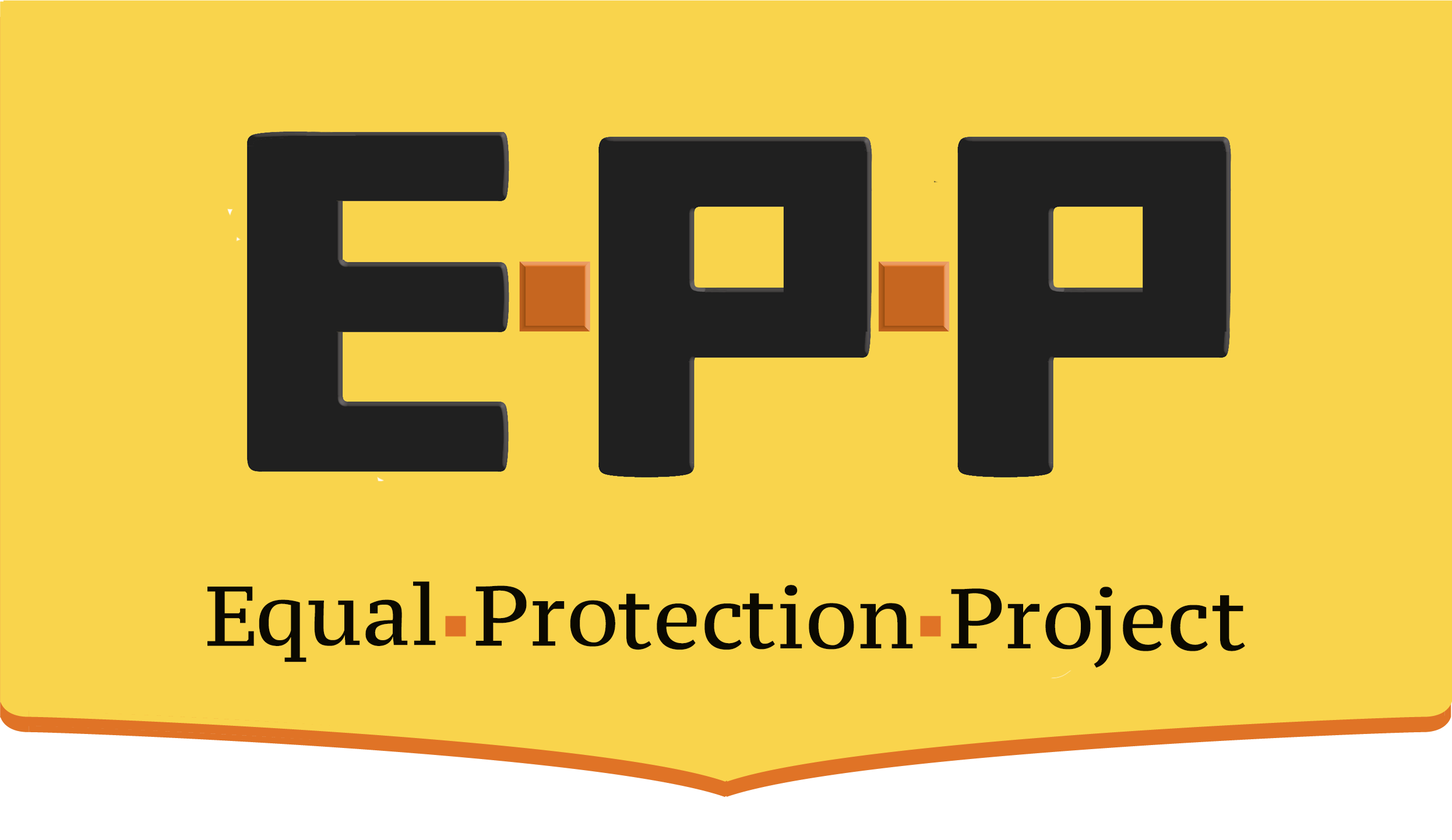
Action
Equal Protection Project Challenges LinkedIn to End Discriminatory ‘Diversity in Recruiting’ Feature
Case Particulars
Tribunal
N/A
Date Filed
April 25, 2023
Docket No.
N/A
Case Status
Initial and post-Students for Fair Admissions Letters sent to LinkedIn
Case Overview
LinkedIn is one of the most influential platforms for seeking employment and recruiting employees. LinkedIn offers various programs and tools for both candidates and recruiters/employers, with a core promise of non-discrimination in all aspects of the process.
But that’s a promise to which LinkedIn does not live up, instead, embedding discrimination in the platform through the “Diversity in Recruiting” (DIR) feature. DIR, according to LinkedIn’s own descriptions on its website, utilizes demographic information, provided by users who give LinkedIn permission to use such demographic data, to create diverse pools of candidates to present to recruiters/employers. These diverse pools by their very nature differ from whatever other pool of candidates the algorithms would present based on factors such as education, experience, and so on. DIR is intended to add race and other protected categories into what the algorithms pull and present.
The Equal Protection Project (EPP) wrote to LinkedIn in late April 2023, calling on LinkedIn to disable the DIR feature as it violated LinkedIn’s own non-discrimination policies, and also implicate federal and state anti-discrimination laws. EPP heard nothing back from LinkedIn, and the DIR feature continued to operate.
On July 5, 2023, after the U.S. Supreme Court issued its Opinion in the Harvard/UNC cases, EPP again wrote to LinkedIn calling on it to disable the DIR feature.
LinkedIn has not responded to EPP as to the July 5, 2023, letter (just like it never responded to EPP’s late April 2023 letter), but it did provide a statement to the NY Post which covered our letter, LinkedIn’s race diversity data collection is discriminatory: legal watchdogs.
LinkedIn’s defense that some users consent to use of their demographic data was addressed in EPP’s letter before LinkedIn issued its statement – consent to use of data is not consent to discrimination, and in any event, consent to a discriminatory system would not still leave the system discriminatory.
LinkedIn does not deny what it is doing, and even admits it is servicing a desire from employers for a “diverse” workforce, so LinkedIn appears to be facilitating an employer desire to recruit based on protected categories. That admission sheds a little bit of transparency as to how the program works, something not disclosed on the LinkedIn website.
EPP will continue to pursue this and will report on new developments.
Media Coverage
- LinkedIn’s race diversity data collection is discriminatory: legal watchdogs, Carl Campanile, New York Post (July 6, 2023)
- LinkedIn under fire for ‘Diversity in Recruiting’ feature: ‘Manipulated pool of candidates’, Sarah Rumpf-Whitten, Fox News (July 8, 2023)
- LinkedIn Should End ‘Diversity in Recruiting’ Feature: “Discrimination by algorithm is still discrimination”, William A. Jacobson, Legal Insurrection (July 10, 2023)


